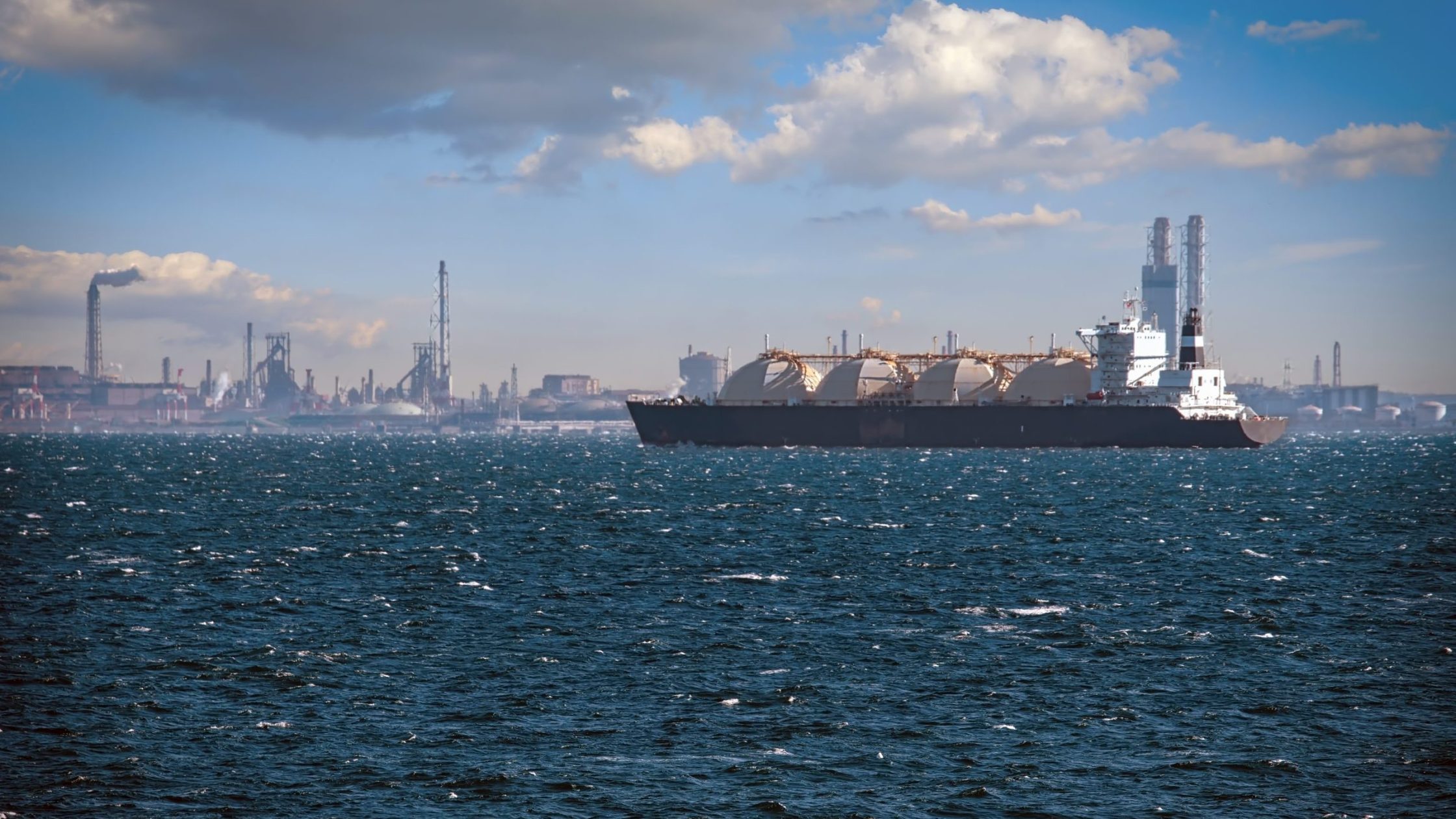Japan and South Korea are looking to Canada for reliable liquefied natural gas (LNG) to offset coal-fired power and reduced Russian energy supplies, but recent comments from B.C. Premier David Eby may lead to disappointment for Canada’s natural resource-poor trading partners.
Eby was asked in the B.C. legislature about the delayed permit decision on the proposed $3 billion Cedar LNG facility in Kitimat, which is 50 per cent owned by the Haisla Nation. According the the First Nations LNG Alliance, Eby cited “complex issues” of climate targets and economic development with Indigenous communities, and said the world is transitioning away from fossil fuels.
But LNG consumers see it a different way.
“The world is waiting for Canada,” said Yamanouchi Kanji, Japan’s ambassador to Canada in a recent webinar. “Canada can and should play a very important role to support the energy situation not only in Japan and South Korea, but the world.”
Eby’s remarks come months after Prime Minister Justin Trudeau questioned the business case for Canadian LNG after German Chancellor Olaf Scholz visited Canada in hopes of securing a stable supply of natural gas. After years of regulatory stagnation and conflicted pipeline construction, Canada has yet to deliver a single LNG shipment while competitors ramp-up production to meet soaring global demand.
The U.S. is set to be the world’s largest LNG exporter in 2023, says a report by Wood Mackenzie. Qatar signed a 15-year LNG deal with Germany and a 27-year deal with China in 2022. Meanwhile, LNG Canada in Kitimat and Woodfibre LNG near Squamish are years from production.
According to Shell, global LNG demand is expected to exceed 700 million tonnes by 2040 from its 2022 level of 397 million tonnes.
“The market potential in South Korea and Japan is just tremendous,” said Dulles Wang, an LNG researcher with Wood Mackenzie. “It’s probably well known that Japan is the largest LNG importer in the world. Between Japan and South Korea, we are taking about 125 million tonnes of LNG imports. That’s around 15 to 16 billion cubic feet [of natural gas] per day.”
In 2022, 35 per cent of Korea’s energy came from coal, said Won Cho, an energy project developer for Korea Gas Corporation, noting the country is concerned about energy security due to reduced Russian supplies.
“Our mission is to secure stable and affordable energy,” he said.
Does Korea have a preference between U.S. and Canadian LNG?
“When you look at pricing schemes, the U.S. and Canada [are similar], but Canada would take more cost because of the lack of infrastructure and human resources compared to the U.S.,” said Cho. “But there is an advantage for Canadian projects because they are close to market.”
Japan and South Korea are hesitant, but somewhat optimistic, about Canada’s ability to be a reliable energy supplier, said Karl Pires, a governor of the Canadian Chamber of Commerce in Japan.
“I think they view Canada from a geopolitical and security perspective as an ideal partner,” he said. “It would be great if they could work more with Canada, but I think they are very hesitant because of the pace of progress and the various obstacles.”
A regulatory decision on Cedar LNG was expected before the end of 2022 – and the Haisla Nation is growing anxious.
“It has definitely been frustrating, to say the least,” said Chief Councillor Crystal Smith. “Cedar LNG is at such a critical point with what’s happening globally in the energy sector. Our territory is not in a bubble and protected from what is happening in Asia and India with coal burning.”
The unaltered reproduction of this content is free of charge with attribution to Canadian Energy Centre Ltd.
